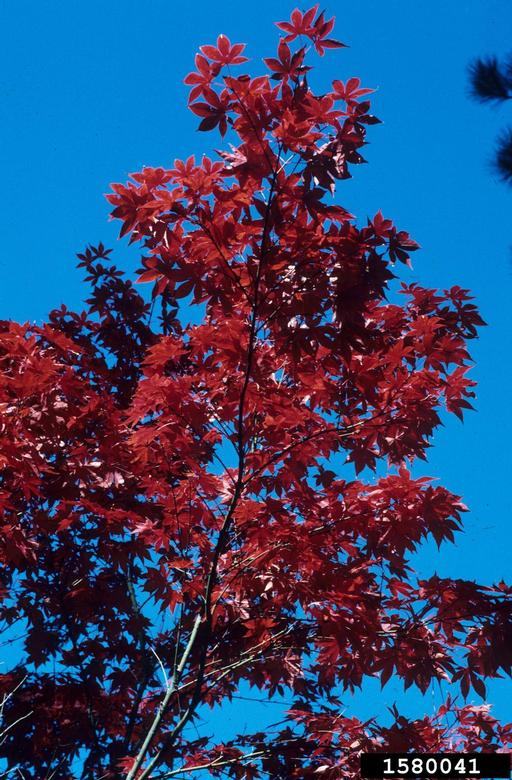
Are the trees in your landscape boys or girls? When planting trees, not appreciating different tree genders can lead to many unwanted problems.
Female flowers and female trees produce fruit and seeds. Male flowers and trees produce pollen. Making the correct choice of tree gender can be important. Anyone who has ever smelled putrid ginkgo fruit, washed mulberries off their car or sneezed at tree pollen should understand.
Sexual reproduction in trees allows male genetic components (pollen) to reach female components of the same species, grow to fertilize an egg and produce a viable embryo within a seed. This fertilization process is made possible by flowers or cones.
Looks may be deceiving
The type of flowers or cones a tree produces determines tree gender. Tree flowers can have male parts, female parts, both male and female parts together, or none at all. Some of these parts may or may not be functional. You cannot tell flower function (or gender) just by looking.
Trees do not show their gender until they are sexually mature and start to flower. Sexual maturity in trees, depending upon the species, can occur from 1 to 50 years of age. Sometimes sexual maturity occurs for either the male or female flowers and cones.
For example, young hardwood trees just becoming mature tend to generate male flowers first, and then eventually generate female flowers. The opposite pattern occurs in some young conifer trees. Female cones are generated for many years before male pollen cones are produced on the same tree.
Many trees will remain the same gender their entire life. Once sexually mature, some trees can change gender from one season to the next, over the life of a tree or as the environment changes. For example, in one maple species, 10% of young sexually mature trees in a forest changed gender from year to year.
Multiple sexual systems
Trees have four primary sexual systems: cosexual, monoecious, dioecious and polygamous.
A tree that produces single flowers with both fully functional male and female parts is called cosexual. In the past, this type of flower was called a perfect flower. Trees like red bud, dogwood, yellow poplar, magnolia, apple, cherry, pear, rhododendron and American elm are cosexual.
Monoecious trees separate male and female parts into different flowers or cones on the same tree. Fir, birch, hickory, pecan, chestnut, cedar, hazel, beech, walnut, sweetgum, white cedar and hemlock are examples of monecious trees.
Dioecious trees separate male and female parts on completely different trees where one tree is strictly female and one strictly male. Trees such as boxelder, persimmon, white ash, ginkgo, holly, red cedar, Osage orange, aspen and willow are dioecious trees.
A polygamous tree has cosexual, male and female flowers on the same tree or in different combinations on different trees. Red maple, sugar maple, black ash, locust, mulberry, tupelo and sumac are examples of polygamous trees.
Ash trees are notorious for confusing and blurring tree gender lines as polygamous trees. In one ash species, individual trees averaged 63% male flowers, 36% cosexual flowers and 1% female flowers.
In the Eastern U.S., some 40% of the trees are monoecious, 30 percent are cosexual, 20% are dioecious and 10% are polygamous. Around the globe, about 75% of all trees are cosexual, 10% monoecious, 10% polygamous and 5% dioecious.
Strict gender concepts don't apply
For most trees, sexual behavior is not strictly male or female. Trees effectively reproduce using different combinations of functional sexual parts distributed in different types of flowers and cones.
The strict gender concepts of pure male and pure female we understand with animals must be flexible when applied to trees.
So inspect your trees and take an inventory. Do you have more boys or girls in your landscape?






